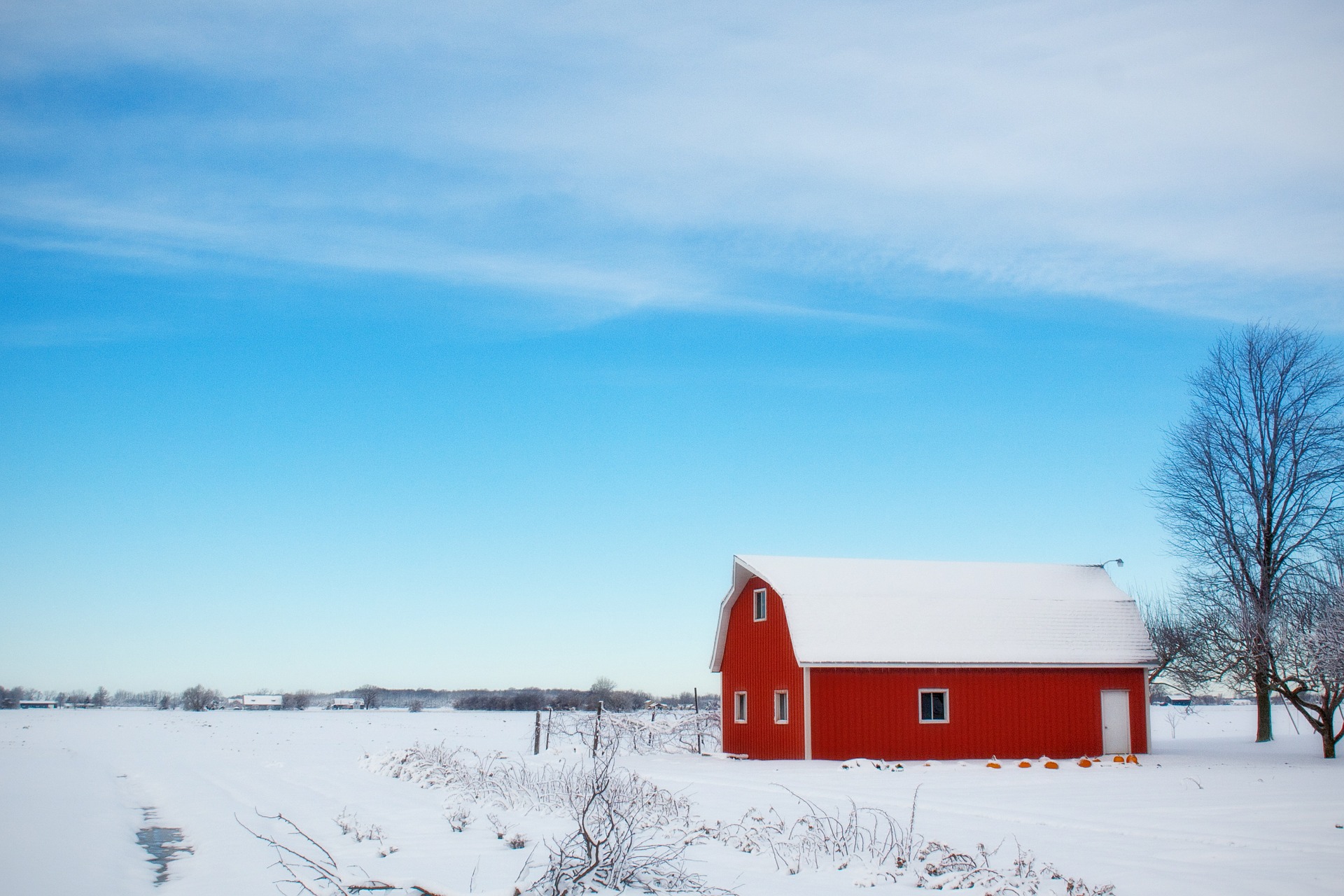Dana Yost on “Night Light for the Harvest”
As with much of what I write, “Night Light for the Harvest” started as a bigger piece which I revised downward. In this case, that not only helped the poem but fit the subject matter.
As those of us who live in the rural Midwest well know, modern farming has, for some time, been big business: big, expensive machinery using sophisticated technology and science, operations in which a single operator can farm more acres—often in the thousands—more quickly than it once took several smaller farmers, big international markets, big corporate grain and meat companies. Along with growth comes loss, however: big, often damaging, consequences, to rural populations and the economies of small towns.
It makes for material for social, political and economic commentary, and there’s been plenty, including my own in my journalism and books. But here, I wanted to strip away the “bigness,” if you will, just as I wanted to write a stripped-down poem.
Fortunately, a crescent moon lit the sky two autumns ago when I drove past a nighttime harvest in west-central Minnesota. Its ancient, primal arc provided both image and metaphor for the poem I wanted to write.
A sickle is a hand tool with a sharp, curved blade that can cut grain in the field. It recalls an earlier, simpler way of harvesting. But because moon has always been in the sky, the timelessness of the crescent moon also links ancient means of harvesting with today’s half-million-dollar combines and semi-trucks with forty-five-foot-long grain trailers. No matter the method, farmers have to do two things: plant the seed and harvest the crop. The blade of a sickle might not cut as fast as a sixteen-row combine header, but it cuts nonetheless.
It didn’t hurt that it was a sickle-shaped moon that night. I’ve long found it one of the most fascinating objects in the night sky. It hangs and gleams like its own object, apart from the unseen remainder of the moon, a creation of art and myth, carved or painted into the sky. It also has a metaphor within a metaphor, at least for me. We don’t have see the rest of the moon to know it’s there. Inspired by the sickle-shaped moon two years ago, I didn’t need to see the harvest work in the field to know it was going on, either. I didn’t need to, nor did I want to.
I had my tool.
Of course, the bigness isn’t going away and my small-town grocery store isn’t coming back. But for a while, as I lived in the poem, as I pictured a farmer swinging a sickle back and forth, I cut away not only words but worries.
